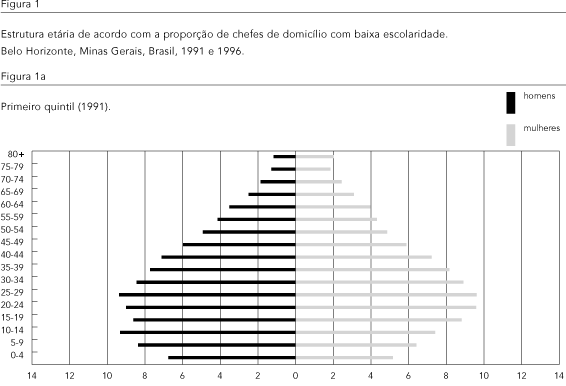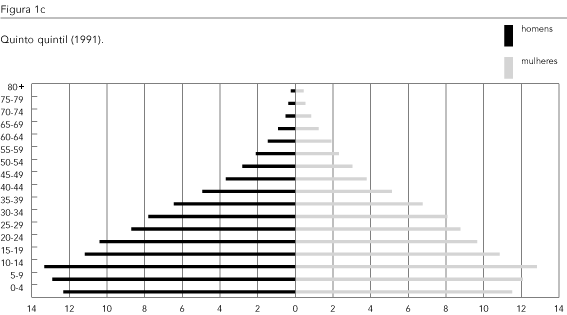Demographic and epidemiological transition models have seldom been debated within the Brazilian scientific community. This study aims to critically review the studies based on such transition models, analyzing their contributions and limitations for health research in Brazilian cities. Data from the city of Belo Horizonte were used to illustrate the theoretical issues raised in this paper. A total of 10,558 death certificates from 1994 were classified according to underlying cause of death and place of residence (75 geographical areas). Areas were classified according to the proportion of heads of households with low formal education. Population age structures and age- and sex-adjusted mortality rates in the areas were compared. Mortality rates indicate that Belo Horizonte is experiencing a multiple and unequal epidemiological transition process. In the poorer areas, infectious diseases have been replaced by homicides as cause of death in adulthood. The findings suggest that large Brazilian cities have mortality patterns that vary according to social and economic differentials.
Inequality; Epidemiological Transition; Demographic Transition; Urbanisation








